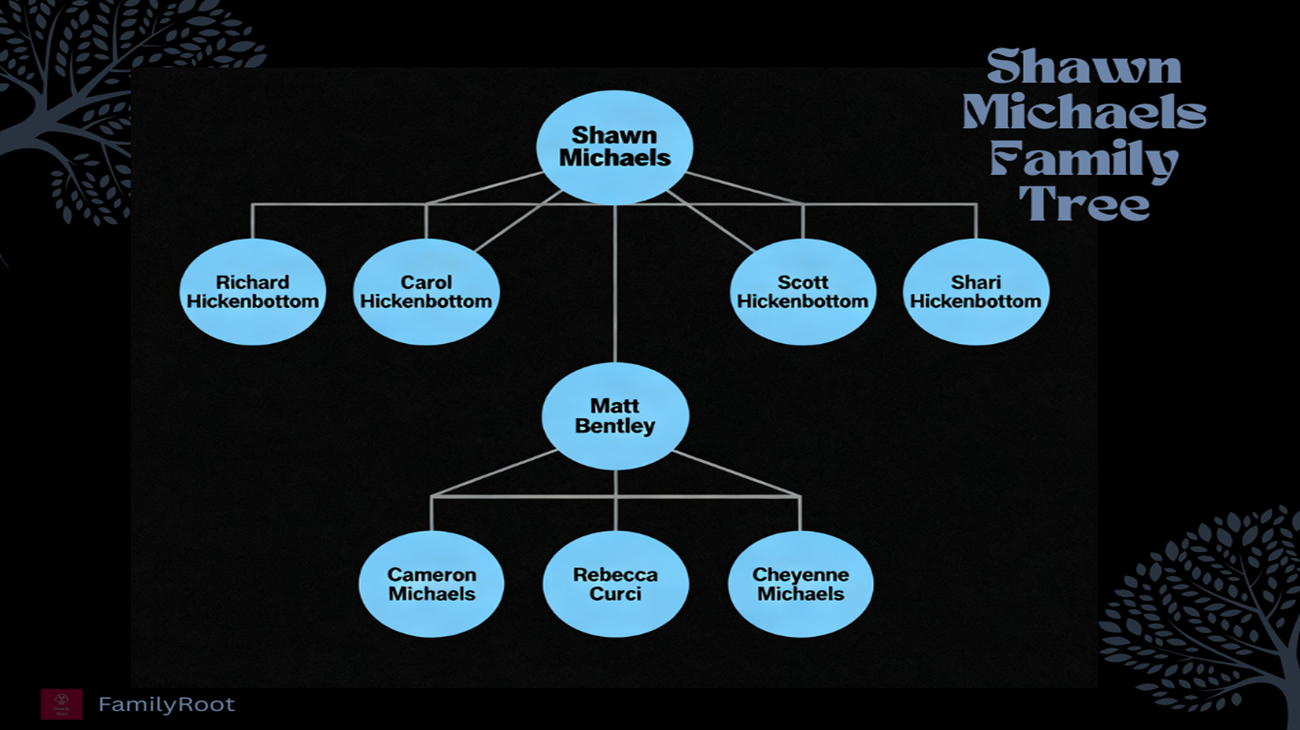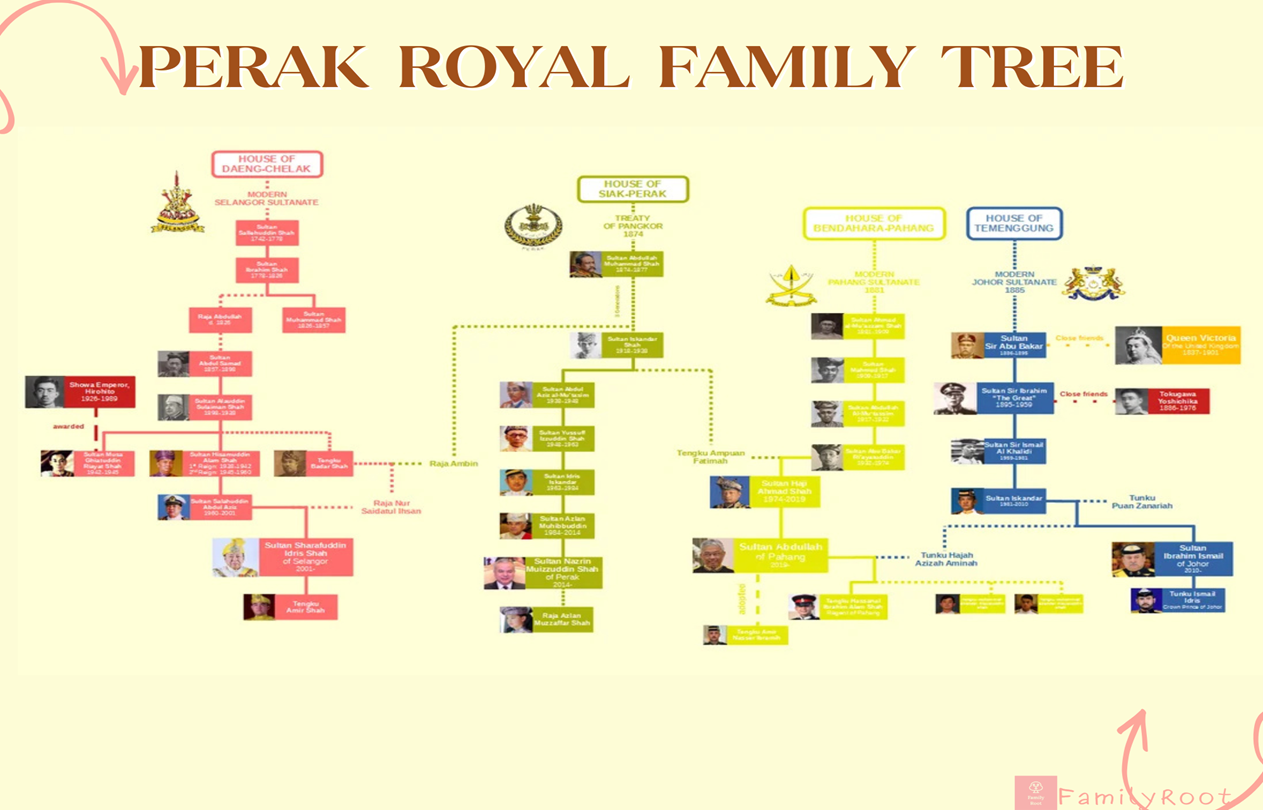The Mughal Empire (1526–1857) was one of the most powerful dynasties in Indian history, blending Persian, Turkish, and Indian influences. Founded by Babur, the empire ruled over vast territories in the Indian subcontinent for more than three centuries. The Mughals are known for their contributions to architecture, art, administration, and cultural fusion. Let’s explore the Mughal Empire Family Tree from its founder to the last emperor.
Founding of the Mughal Dynasty
The Mughals were descendants of two legendary rulers:
- Timur (Tamerlane) from the Timurid Empire in Central Asia (paternal lineage).
- Genghis Khan from the Mongol Empire (maternal lineage).
Babur, a direct descendant of both, established the Mughal Empire in India after defeating the Delhi Sultanate in the First Battle of Panipat (1526).
Mughal Family Tree: From Babur to Bahadur Shah II
1st Generation: Babur – The Founder
Full Name: Zahir-ud-din Muhammad Babur
Born: February 14, 1483, in Andijan, Uzbekistan
Reign: 1526–1530
Notable Contributions: Founder of the Mughal Empire, defeated Ibrahim Lodi in the First Battle of Panipat (1526).
Successor: Humayun
2nd Generation: Humayun
Full Name: Nasir-ud-Din Muhammad Humayun
Born: March 6, 1508
Reign: 1530–1540, 1555–1556
Notable Contributions: Lost the empire to Sher Shah Suri in 1540 but regained it in 1555.
Successor: Akbar
3rd Generation: Akbar the Great
Full Name: Jalal-ud-din Muhammad Akbar
Born: October 15, 1542
Reign: 1556–1605
Notable Contributions: Expanded the empire, promoted religious tolerance, established an efficient administration, and built iconic monuments like Fatehpur Sikri.
Successor: Jahangir
4th Generation: Jahangir
Full Name: Nur-ud-din Muhammad Jahangir
Born: August 31, 1569
Reign: 1605–1627
Notable Contributions: Strengthened Mughal culture, supported art and literature, married Nur Jahan, who had significant influence.
Successor: Shah Jahan
5th Generation: Shah Jahan – The Architect King
Full Name: Shahab-ud-din Muhammad Khurram (Shah Jahan)
Born: January 5, 1592
Reign: 1628–1658
Notable Contributions: Built the Taj Mahal, Red Fort, and Jama Masjid, expanded Mughal architecture.
Successor: Aurangzeb
6th Generation: Aurangzeb – The Last Powerful Mughal
Full Name: Muhi-ud-din Muhammad Aurangzeb Alamgir
Born: November 3, 1618
Reign: 1658–1707
Notable Contributions: Expanded the empire to its largest extent, implemented strict Islamic laws, imprisoned his father Shah Jahan.
Successor: Bahadur Shah I
Decline of the Mughal Empire (1707–1857)
After Aurangzeb's death, the empire declined due to weak rulers, invasions, and internal conflicts. Some notable later rulers include:
- Bahadur Shah I (1707–1712)
- Farrukhsiyar (1713–1719)
- Muhammad Shah (1719–1748) – Faced Nadir Shah’s invasion.
- Shah Alam II (1759–1806) – Saw British influence increase.
- Bahadur Shah II (1837–1857) – The last Mughal emperor, exiled after the 1857 Revolt by the British.
Mughal Empire’s Legacy
The Mughals left an enduring impact on India’s:
- Architecture: Taj Mahal, Red Fort, Humayun’s Tomb, Fatehpur Sikri.
- Administration: Mansabdari system, revenue reforms.
- Culture: Persian and Indian art, Mughal paintings, Urdu language development.
- Cuisine: Mughlai food, biryani, kebabs, and naan.
Why Document Your Own Family Tree?
Just like the Mughal family tree showcases a rich legacy, you can create your own family tree using the Family Root App. Whether you want to trace your ancestry, share photos, or document milestones, the Family Root App makes it easy to preserve your family’s history.
Download the Family Root App
Start building your family tree today and connect with your heritage.
🔹 Download Now:
📱 Android: Google Play Store
📱 iOS: Apple Store
📜 Disclaimer
The family tree and biographical information provided in this article are based on publicly available sources and records. While we strive for accuracy, we do not guarantee the completeness or authenticity of the data. This content is intended for educational and informational purposes only and does not aim to infringe on any individual's privacy or personal rights. If you believe any information is incorrect or wish to request edits or removal, please contact us at Info@familyrootapp.com.




